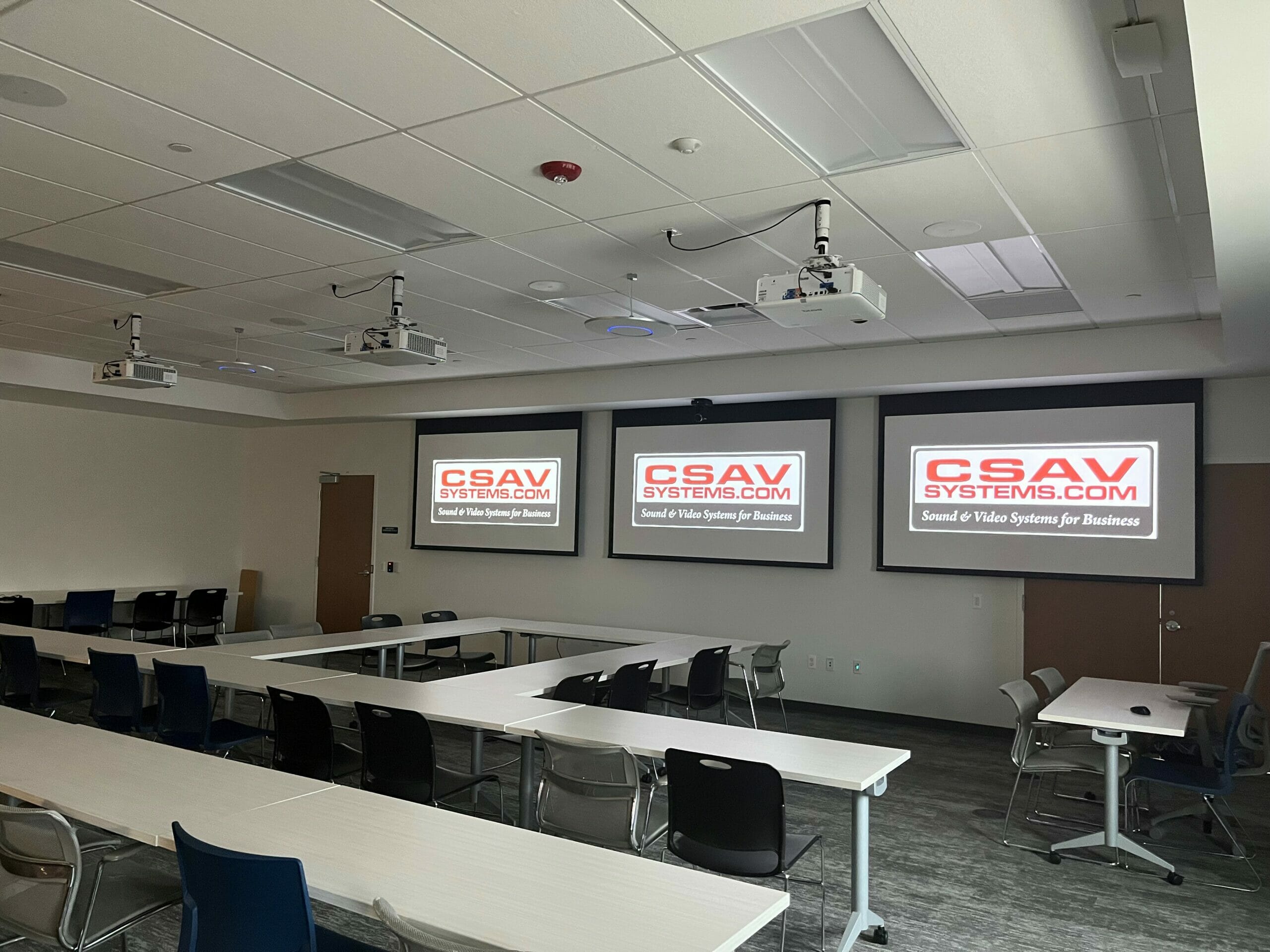Investigating the Development of Digital Display Technology and Its Impact on Setup Practices
Wiki Article
Electronic display technology has come a significant way since its inception. At first, displays were fixed and required manual modifications, which could be time-consuming and demanding. With the advancement of technology, digital signage has developed into a dynamic and interactive platform. Today, displays can exhibit vibrant graphics, videos, and live information, making them more engaging for audiences. This evolution has not only altered how data is presented but has also revolutionized the way businesses and entities interact with their audiences.

One of the key advancements in digital signage technology is the use of HD displays. These screens offer improved resolution and color precision, which improves the overall viewing encounter. Additionally, the advent of LED and liquid crystal display systems has made it possible to create thinner and more lightweight screens. This has allowed for more versatile setup options, such as wall installation, suspending, or even freestanding screens. As a consequence, businesses can choose the most suitable configuration that fits their space and customer requirements, making digital signage a flexible solution for different settings.
Another significant advancement is the incorporation of media management systems (CMS). These platforms enable operators to easily create, plan, and oversee content across multiple displays from a unified interface. This capability is particularly beneficial for companies with several sites, as it ensures uniform communication and branding. Furthermore, many CMS platforms offer web-based options, allowing remote access and instant modifications. This means that companies can quickly respond to shifts in information or promotions, keeping their content current and pertinent.
The impact of digital signage technology on setup practices cannot be overlooked. With the rise of engaging screens and touch displays, setup has become more complex. Technicians must now take into account elements such as wiring, connectivity, and user engagement. Additionally, the need for proper installation and positioning is crucial to ensure maximum sightlines and approachability. As a result, professional installation services have become increasingly essential, as they offer knowledge in both systems and design to create effective digital signage solutions.
In conclusion, the evolution of digital signage solutions has profoundly impacted installation practices and the way information is communicated. With advancements in screen systems, media administration platforms, and installation techniques, businesses can create engaging and effective signage that captures the attention of their digital signage for events audience. As digital signage continues to expand and develop, it will certainly play a crucial role in defining the prospects of interaction in various industries.